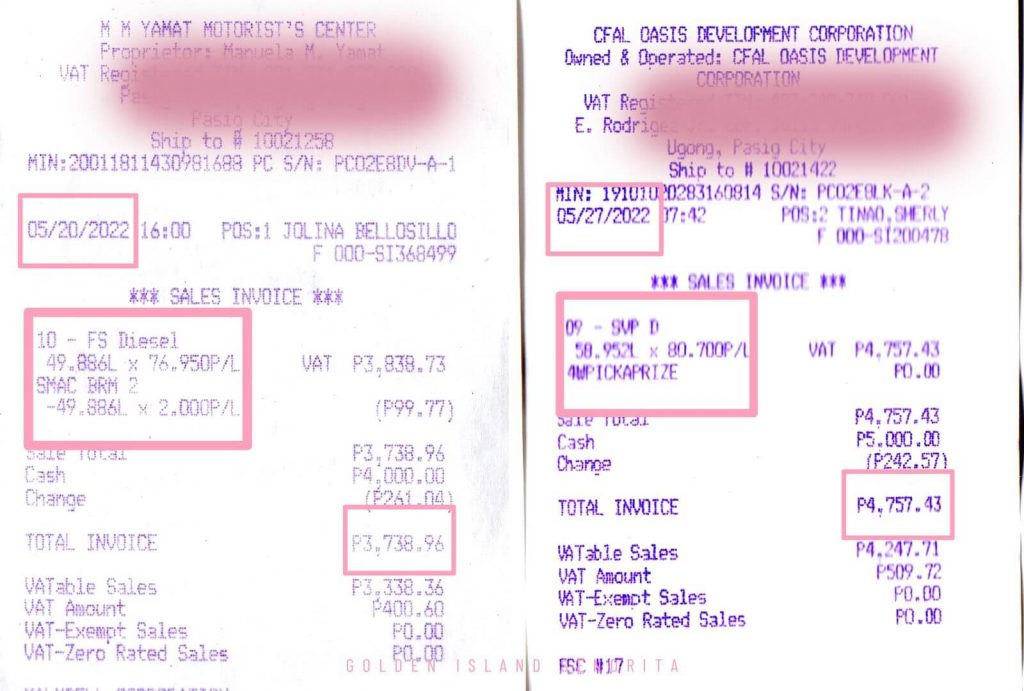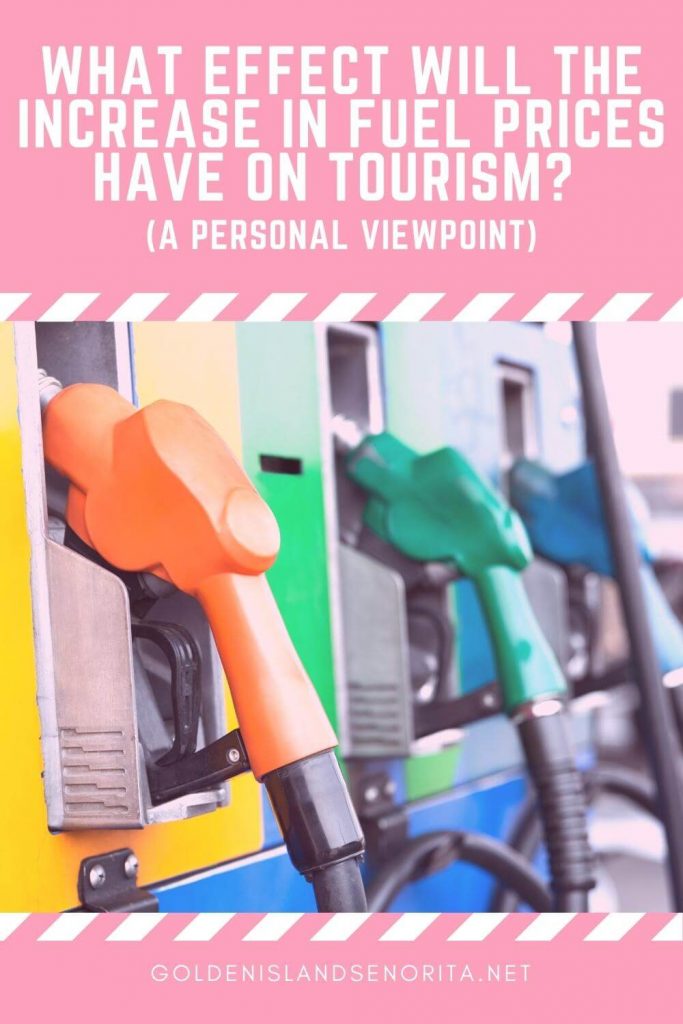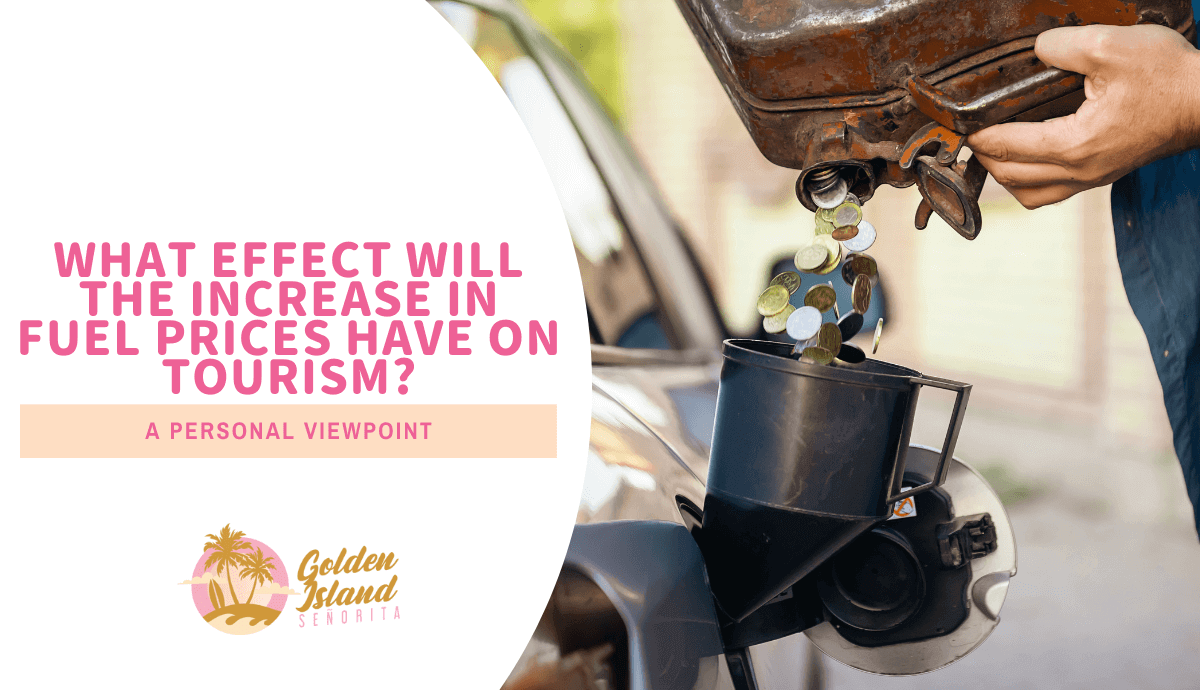As the fuel price continues to increase, I’ve realized that traveling by car is becoming more and more impractical, especially when driving between provinces. Even if you are going to a nearby city, you would consider taking public transportation due to its lower cost. However, you would have to literally fight your way onto a bus or wait in line for hours for a taxi, and by the time you arrived at your destination, you would already be exhausted. Using an app to order a ride can also be quite challenging. Even more so now that COVID-19 restrictions in Metro Manila have been lowered to Level 1 and remote workers are required to report to the office.
To navigate the Metro, your only option is to use your own car.
Baguio City Travel: October 30 – November 1, 2021
According to Google Maps, the distance between Pasig City (Metro Manila) and Baguio City is approximately 252.2 kilometers, and you can reach the city proper in 4 hours and 10 minutes (depends on traffic). It took me 4 hours and 57 minutes to return to Metro Manila, with a stopover in Pampanga City. My budget for fuel on that trip was ₱5,500 but I only used ₱4,200. (round trip).

Fuel Price Increase: A Present Day ‘Pain in The Neck’
Since the beginning of 2022, particularly in February, fuel prices have continued to rise not only in the Philippines but globally. According to CNBC, Britons pay more than £100 per 55-liter family car for petrol and £103.43 for diesel. In the United States, the national average for regular gasoline has reached $5 per gallon last June 11, 2022 as reported by The New York Times. Not to mention, France reported to reaching €1.5883/liter ($1.67/liter) for diesel back in January, a record high according to The Connexion.
I had a weekly budget of ₱2,500 ($47.12) prior to COVID-19. Not to brag, but I barely batted an eye. Now that the fuel price has fluctuated so drastically, I’ve had to plan my route efficiently and drive only two to three times per week.
I can only imagine the adjustments that airlines had to make in response to the recent increase in fuel prices. Some have already warned of potential increase of $15 to $20 per one-way ticket.
Fuel price increases have a ripple effect on the economy as a whole, not just how much it costs to fill up at the gas station. As everything that needs to be shipped or transported, from fruits to electronics, may cost more. This is especially true for products coming from outside the country.
Similarly, many products containing plastics or synthetic materials are partially derived from crude oil and refining. Additionally, as the price of oil rises, so do the costs of these materials.
Here’s an example of my fuel receipts last May 2022.
On May 20th, I loaded 49.886 liters of diesel, which cost ₱76.950/liter ($1.45/litter), for my 65-kilometer trip to and around Tagaytay City. I was also able to drive for an extra day. On May 27th, I loaded 58.952 liters for ₱80.700/liter ($1.52/liter or $5.735/gallon). I typically drive 30-33 kilometers per day and 4-5 days per week within Metro Manila. In less than a month, I spent ₱8,496.39 ($160.13) on diesel. It ruined my savings as I had to make some adjustments to pay my other bills. That’s something I should have anticipated, right?

Computing can be tricky but you can make it easier on yourself by using a gas budget calculator. Simply select the car type from the dropdown menu, and it will give you all the information you need. You can change the details to make it better fit your needs. Don’t forget to convert USD to PHP if you’re in the Philippines (using Google).
Normally, I pay with cash, but every once in a while I use my credit card. This is not a good idea unless you can pay the entire balance before the due date (which will also increase your credit reward points; most banks offer this). If you need to use your credit card, this payoff calculator may come in handy. It will help you figure out how much you need to pay each month (and to avoid that annoying interest).
What Effect Will the Increase in Fuel Prices Have on the Tourism Industry?
Air Travel and Ticket Costs
The aviation industry heavily relies on fuel to operate its fleets. As fuel prices soar, airlines face higher operational costs, which can lead to an increase in ticket prices. Travelers may experience the need to allocate a larger portion of their budget to cover airfare expenses, potentially discouraging some from embarking on trips or opting for alternative destinations closer to home. Additionally, airlines might reduce flight frequencies or even suspend routes that become less financially viable due to the higher fuel costs.
Road Trips and Transportation
For travelers who prefer road trips, the increase in fuel prices directly affects their travel plans. Higher fuel costs can lead to reduced distances covered or the need to find alternative modes of transportation. Rental car companies might adjust their rates to account for the increased expenses, influencing travelers’ decisions and potentially limiting their travel options. Moreover, businesses in tourist destinations that heavily rely on road trippers, such as gas stations, restaurants, and roadside attractions, may experience a decrease in customer traffic.
Hospitality and Accommodation
Rising fuel prices can indirectly impact the hospitality sector. As transportation costs increase, tourists may have less disposable income to spend on accommodation, dining, and entertainment. This could lead to a shift in consumer behavior, with travelers opting for more budget-friendly lodging options or reducing the duration of their stays. Furthermore, destinations heavily reliant on tourism may experience a decline in visitor numbers, resulting in decreased demand for hotel rooms and other related services.
Sustainable Tourism and Alternative Solutions
The escalation of fuel prices provides an opportunity for the tourism industry to explore sustainable alternatives. Governments, businesses, and travelers themselves can play a vital role in promoting greener transportation options such as electric vehicles, public transportation, and shared mobility services. Additionally, destinations can focus on developing local tourism offerings, encouraging visitors to explore nearby attractions rather than relying solely on long-distance travel.
Adaptation and Resilience
The tourism industry has demonstrated resilience in the face of various challenges throughout history. Rising fuel prices are no exception, and industry stakeholders can adapt and innovate to mitigate the effects. This may involve implementing fuel-efficient practices, investing in renewable energy sources, or diversifying tourism products and services to cater to changing traveler preferences.
Conclusion
The increase in fuel prices undoubtedly poses challenges for the tourism industry. From air travel to road trips and accommodation, rising fuel costs impact various aspects of the travel experience. However, with challenges come opportunities for innovation and adaptation. The tourism sector can explore sustainable alternatives, encourage local tourism, and prioritize resilience to mitigate the effects of rising fuel prices. Ultimately, the industry’s ability to adapt to changing circumstances and cater to evolving traveler needs will determine its long-term success. By embracing innovation, sustainability, and creativity, the tourism industry can navigate the challenges posed by fuel price increases and continue to provide memorable travel experiences for globetrotters worldwide.
In your opinion, what other effects will the increase in fuel prices have on tourism?




Salute to you for having the patience to drive all the way to Baguio. Fuel prices are extremely high so I only use the car when necessary.
The increase of fuel price also affect us here in Australia, however, travelling by car is still economical for us. We still find it cheaper because we measure the cost by time, not by currency.
For example, driving your own car gives you freedom to decide to move on whatever time you want, rather than travelling thru public transport where you are not in-control of your schedule.
With the high cost of fuel, it is wise to travel domestically and other nearby places and help to promote untapped tourism opportunities.
sa mga long drive talaga ito makakaapekto eh, add mo pa yung mga toll na super taas. pero kung mag ba bus naman, as long as di pa sila mag taas. okay pa din naman. the last i went to sa north nag bus lang kami, more on mas comfortable kasi kaysa naka van kami. so i guess , kung gusto talaga mag travel, yung mga limited budget ang mas maapektohan kaysa dun sa mas afford kahit na anong taas pa ng gas
I’ve been wondering about the fuel prices for flights and all that. We love to travel as a family, but we take public transport for nearer places. I wonder how it will affect our plans. YOu’re right, we’ll have to consider cheaper accommodations and perhaps, spend less on food.
Sadly, ang taas ng talaga ng fuel and yes! need talaga ng bigger budget this time lalo na pag mag travel.